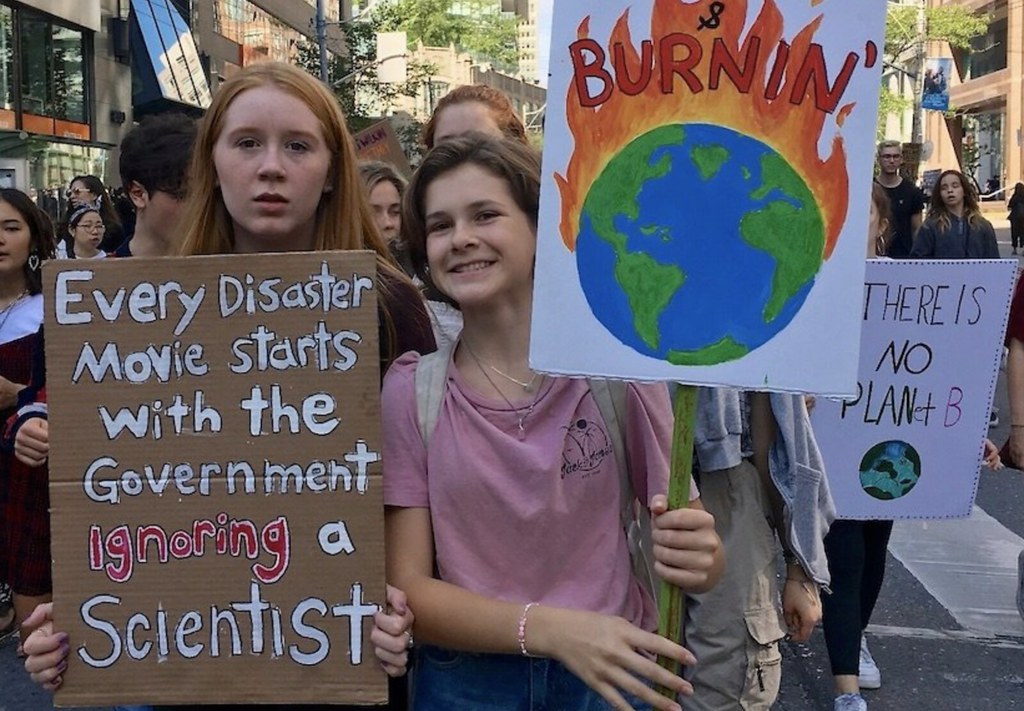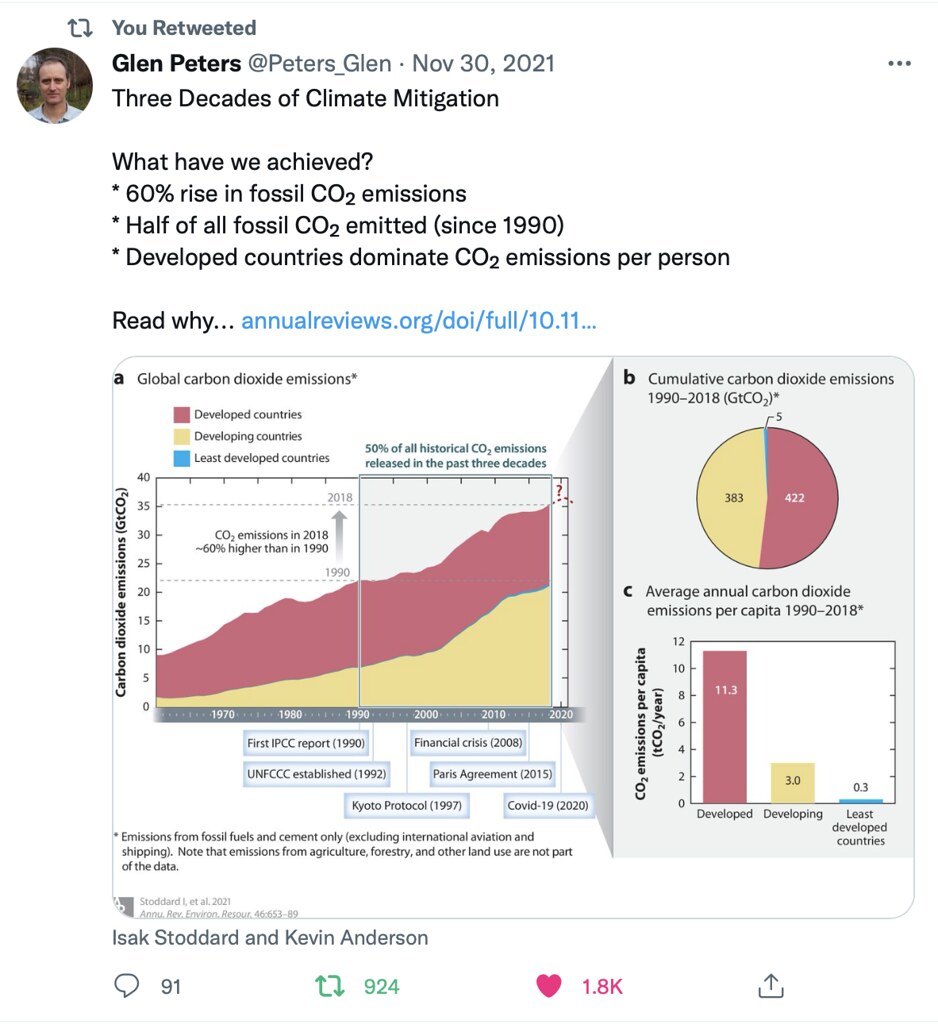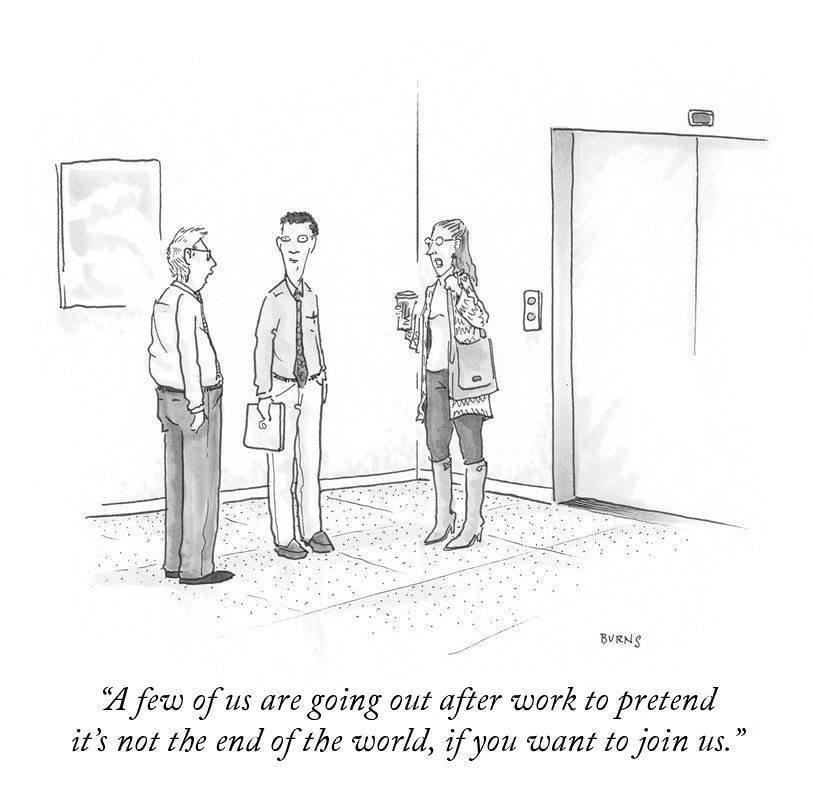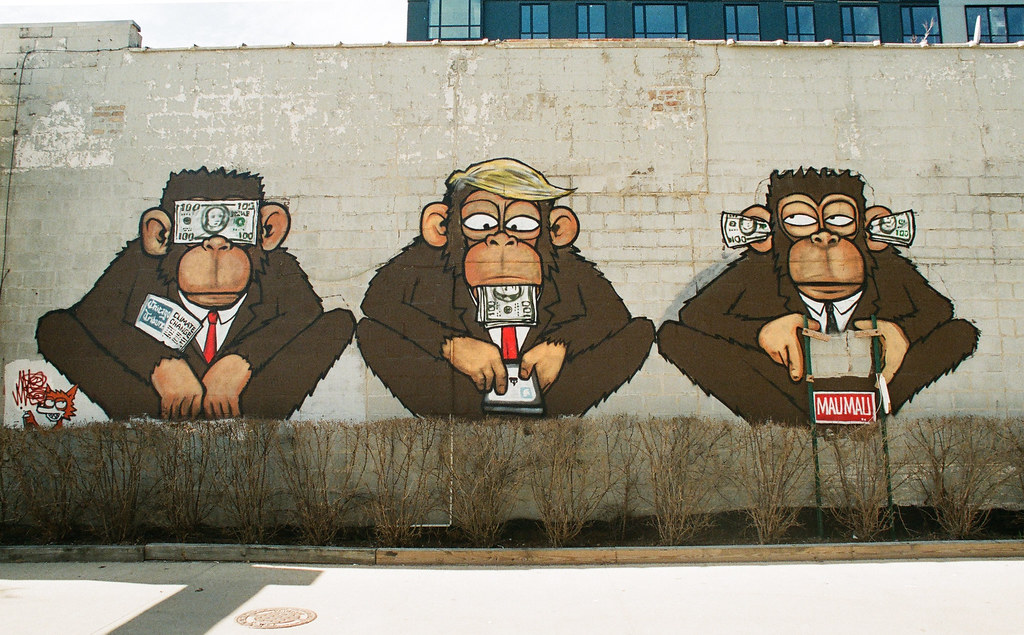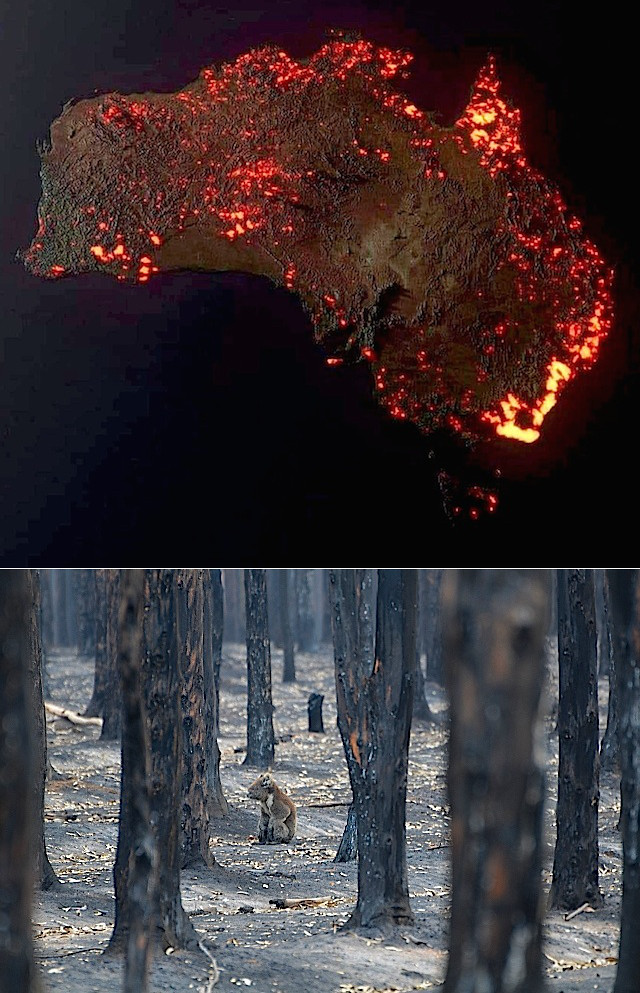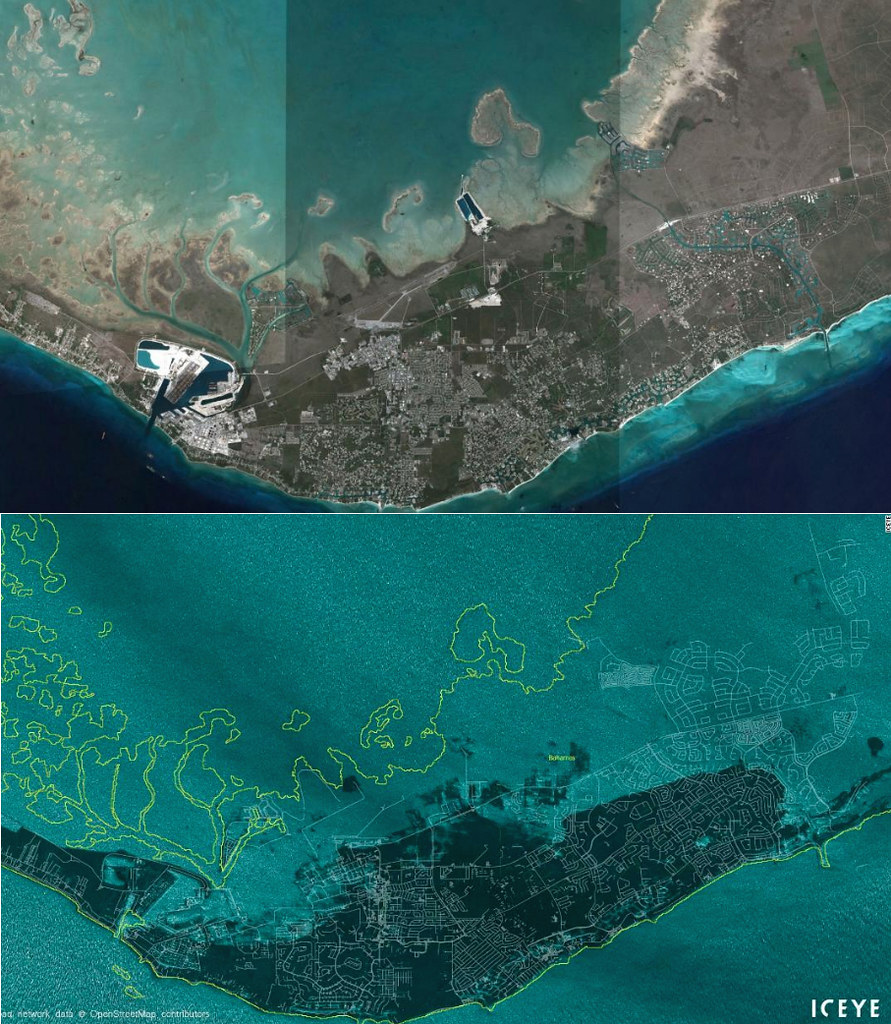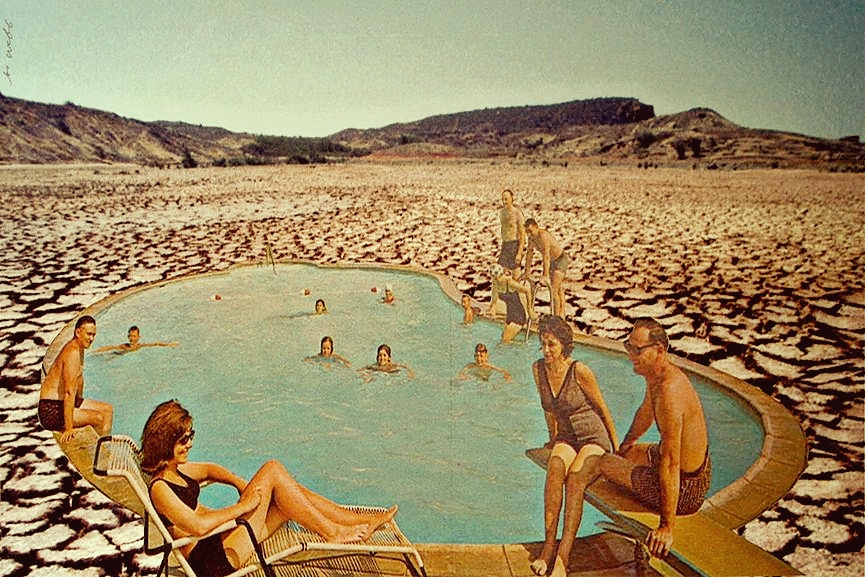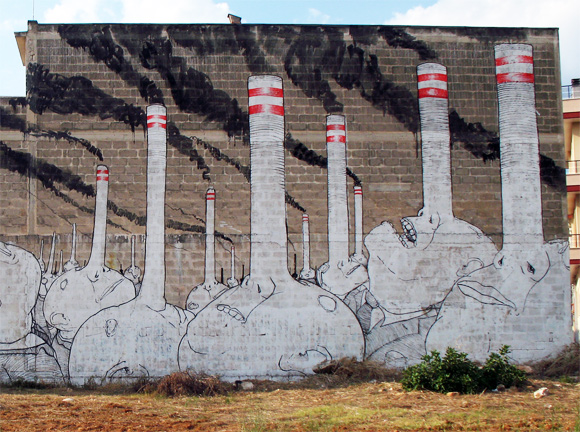Tags
6th Mass Extinction, Adam McKay, Antarctic Ice Melt, Anthropogenic Mass Extinction, Arctic Ice Albedo, Arctic Ice Melt, Bosch’s Garden of Earthly Delights, Celebrity Worship, Chemical Pollution, Climate Change, Climate Change Feedback Loops, Collapse of Industrial Civilization, Commercialization, Commodification of Nature, Cryosphere, Don't Look Up, Doomsday Preppers, Dr. Randall Mindy, Ecological Overshoot, Elon Musk, Fossil Fuel Industry, Global Forest Die-Off, Global Warming, Hans Joachim Schellnhuber, Interstellar Colonization, Janie Orlean, Jason Orlean, Jennifer Lawrence, Jonah Hill, Kate Dibiasky, Leonardo DiCaprio, Loss of Biodiversity, MAGA rallies, Mark Rylance, Meryl Streep, Persecution of Environmental Activists, Peter Isherwell, Planetary Boundaries, Prof Tim Garrett, Professor Harold R. Wanless, Sea Level Rise, Techno-Fix, Techno-Utopians, Thwaites Glacier, West Antarctic Ice Sheet Melt

“I’m telling you that we’re putting our kids onto a global school bus that will with 98% probability end in a deadly crash.” ~ Hans Joachim Schellnhuber, Director Emeritus of Potsdam Institute
I recently saw the movie ‘Don’t Look Up’ after avoiding it since its release and I must say, that movie mirrors the tragic state of our society to a T. When you see Dr. Randall Mindy (DiCaprio) finally losing his cool, raging against a shallow, celebrity-idolizing, commercialized society on some glib TV talk show, this was not a stretch for the actor (an ardent environmental activist) who simply had to replace the oncoming fictional comet with the asteroid of abrupt climate change currently bearing down on us. At first, no one will listen to the scientist’s warning, not even the President of the United States Janie Orlean (Meryl Streep) who is more worried about her polling numbers and keeping her campaign contributors happy than being bothered by an existential threat to civilization. Once tech guru Peter Isherwell (Mark Rylance) plants a bug in the President’s ear about how the comet could be exploited for its trillions of dollars worth of rare earth minerals, then all bets are off for deflecting the oncoming catastrophe. The creepy Techno-Utopist Isherwell reflects our own society’s blind worship of technology and consumerism as the answer to all its ills, when in reality they are only further alienating us from the natural world that underpins our survival. Throughout the movie, there are beautiful clips of nature that briefly flash across the screen, reminding me of what we are losing in our ongoing sixth mass extinction. Modern man and the havoc he is wreaking on the planet is happening in a microsecond when viewed in geologic time scales, but humans have trouble seeing it because we live an ephemeral existence, easily inured to an ever impoverished world.
Labeling the comet’s collision course with Earth as mere fear-mongering, politicians and TV talking heads manage to politicize the threat amongst the population, hence the title of the movie. Throngs of mindless people attending political rallies while wearing trucker caps with the slogan ‘Don’t Look Up’ reminded me of scenes from the MAGA crowd in thrall to their grift-scheming conman. Those who speak too much about the reality of the approaching comet are ziptied, blinded with a hood over their head, hauled off to an undisclosed location, and compelled to stay quiet by the authorities. In our real world, a fate much worse than that awaits those who oppose fossil fuel companies, miners, loggers, and others who are destroying the planet. Only when the comet and its long tail become clearly visible in the sky do people take the threat seriously, but by then it is too late. Back to reality, there’s no indication that such a tipping point in public consciousness has changed our trajectory towards ecological disintegration and collapse of civilization. Near the end of the movie as the planet-killing comet is colliding with Earth, Dr. Mindy’s family and a few of his colleagues are holding hands at their last supper and Dr. Mindy says, “We really did have everything, didn’t we?” The same can be said of what we are losing in today’s unfolding anthropogenic mass extinction. A thousand species a day, each a product of eons of evolution and designed for a specific purpose, being permanently erased from this planet along with any sort of stable and predictable climate means we are trashing Eden and descending into the hellscape depicted in Bosch’s Garden of Earthly Delights. This most recent study confirms past warnings:
“Drastically increased rates of species extinctions and declining abundances of many animal and plant populations are well documented, yet some deny that these phenomena amount to mass extinction,” said Robert Cowie, lead author of the study, in a press release. “This denial is based on a highly biased assessment of the crisis which focuses on mammals and birds and ignores invertebrates, which of course constitute the great majority of biodiversity.”…“Dedicated conservation biologists and conservation agencies are doing what they can, focused mainly on threatened birds and mammals, among which some species may be saved from the extinction that would otherwise ensue,” the paper said. “But we are pessimistic about the fate of most of the Earth’s biodiversity, much of which is going to vanish without us ever knowing of its existence.”…The researchers write that it is crucial to fight against the crisis and manipulating it is an abrogation of moral responsibility.
Of course the ones in charge, blinded by their greedy dream to profit from an oncoming disaster, surreptitiously escape Earth on a rocket ship, cryogenically preserved until they reach a distant Earth-like planet in the Goldilocks Zone of another solar system. This colonization of some other habitable planet by Earth-bound humans is a fetish amongst techno-optimists and futurists, but it is a pipe-dream not only because it is impossible due to basic biological constraints and technological infeasibility but also for the simple reason that if we cannot keep our house in order here on the planet that gave birth to us, we don’t deserve another chance. And for God’s sake, can Elon Musk stop ranting that humans have to get off Earth because all life will be snuffed out after the sun theoretically expands into a giant red star five billion years from now? Just as in the movie, our tech demigods will lead us over the cliff while planning their own getaway to a private underground bunker or second homes far away in some distant country. It is frightening to think that we are only seeing the beginning of this unfolding global ecological apocalypse that will affect every living thing on Earth. Nearly all past mass extinctions have occurred due to a disruption of the carbon cycle, only now it is happening at a rate of speed multiple times faster than previous ones and with humans serving as the architect of their own demise. In the last 500 million years, across 6 mass extinctions and the countless rise and fall of global temperatures and sea levels, the only time the climate changed faster was 66 million years ago when Earth got hit by a 10km asteroid that killed off 75% of all species. Mass extinction events turn freshwater bodies into toxic soup, and we’re seeing the same thing happen today. But fret not, technology will save us and stock prices are up this week, not to mention that our social media rankings are going gangbusters.

It has been said that when civilizations begin to die, they go insane. Perhaps Stoicism and Buddhism are the most useful philosophies in an age where the future is bleak and no one seems to be facing reality. After half a century of dire warnings from noted scientists, numerous Climate Action Inaction Summits (rigged to fail), revelations of decades-old climate studies from Fossil Fuel Corporations themselves proving all along that they knew, and worsening extreme weather events as well as the planet’s quickly disappearing cryosphere (what happens in the Arctic does not stay in the Arctic), here is where we stand today:
The world’s insatiable appetite for electricity is setting up a climate disaster
A report published Friday by the International Energy Agency found that global demand for electricity surged 6% in 2021, fueled by a colder winter and the dramatic economic rebound from the pandemic. That drove both prices and carbon emissions to new records.
The growth in demand was particularly intense in China, where it jumped by about 10%…
…Electricity generated by renewables grew by 6% globally last year, while coal-fired generation leaped 9% due to high demand and skyrocketing natural gas prices, which made it look like a more attractive option.
Carbon dioxide emissions from power generation rose 7% as a result, reaching an all-time high after declining the previous two years…
…The IEA found that emissions from the power sector will “remain around the same level from 2021 to 2024,” even though they need to decline “sharply” for the world to limit global warming to 1.5 degrees Celsius and avoid the worst effects of climate change.
As physicist Tim Garrett has pointed out, “Any new energy source adds impetus to the conversion of raw resources into the stuff of civilization, accelerating growth and future demands for all energy types. Renewables add to the consumption, they do not replace.” Also, gains in energy efficiency are simply supplanted by more growth.
Keep in mind that even if we were to magically reduce our CO2 emissions overnight, the opposite of what is happening, we will never again see the climate we grew up in. It is never returning. Realize that the current level of CO2 equivalent GHGs already exceeds 500 ppm. The increased pace of extreme weather events we are now getting from climate change is shocking even those scientists who predicted it. The Arctic is greening with the treeline advancing northward 40 to 50 meters every year from what was once an annual increase of only a few centimeters. Adding yet another pernicious feedback loop to the climate crisis, beavers are moving into the warming Arctic in greater numbers and radically transforming the landscape with their dams, further accelerating the thaw of permafrost that releases methane and carbon dioxide into the atmosphere. A worrying new study shows Earth’s ability to reflect solar radiation is weakening — as the ocean is heating it is failing to generate clouds that reflect back sunlight. Astoundingly, half of that weakening has happened in the last four years:
“The albedo drop was such a surprise to us when we analyzed the last 3 years of data – many scientists hoped that a warmer Earth may lead to more clouds and higher albedo which would then help to moderate warming and balance the climate system But this shows the opposite is true”
If this trend of Earth dimming due to climate change continues, climate models will have to (once more) be significantly revised to include this additional net warming. We are headed for a Miocene climate during which the Antarctic ice volume was half of what it is today and the Arctic Ocean was ice-free in winter. Sea levels were 130 feet or higher and temperatures were about 5 to 8ºC warmer. Our ancestors were apes at that time. The European shoreline was 120 miles inland from today’s coast and dense swamp-forests resembling modern Louisiana clogged coasts and estuaries in Denmark and Germany. Nothing living in its region today is adapted to what will come. Remember those trees in the Pacific Northwest that sizzled in the heatwave of last year’s summer? A new study paints a dire picture for their future, as well as ours:
“By some estimates, it’s probably the largest scorch event in history,” Oregon State University researcher Christopher Still told OPB’s “Think Out Loud” on Monday. “I mean this is a new thing for us to be seeing on Earth, so it’s sort of a dubious milestone.”…
…“If this just keeps going, if these are happening every five or 10 years, it’s gonna be really grim I think for most of the forests of the Pacific Northwest.”
As the saying goes, “Lessons in life will be repeated until they are learned.” And so humans have yet to understand their place in the world, punch drunk on more than a century-long bacchanalia of fossil fuel burning. In the end, nature will put us in our place, and not in a good way. It is interesting to note that right around the peak of industrial civilization’s collapse, humans will have evidently lost their biological ability reproduce due to chemical pollution. We have saturated the Earth with so many and so much chemicals that we have breached another planetary boundary:
The cocktail of chemical pollution that pervades the planet now threatens the stability of global ecosystems upon which humanity depends, scientists have said.
Plastics are of particularly high concern, they said, along with 350,000 synthetic chemicals including pesticides, industrial compounds and antibiotics. Plastic pollution is now found from the summit of Mount Everest to the deepest oceans, and some toxic chemicals, such as PCBs, are long-lasting and widespread.
The study concludes that chemical pollution has crossed a “planetary boundary”, the point at which human-made changes to the Earth push it outside the stable environment of the last 10,000 years.
“There has been a fiftyfold increase in the production of chemicals since 1950 and this is projected to triple again by 2050,” said Patricia Villarrubia-Gómez, a PhD candidate and research assistant at the Stockholm Resilience Centre (SRC) who was part of the study team. “The pace that societies are producing and releasing new chemicals into the environment is not consistent with staying within a safe operating space for humanity.”
Pfft!!! Just another fancy-schmancy warning by some pedantic scientists for the world to ignore. No need to worry, we can live in hermetically sealed bubbles that filter out all that nasty stuff, can’t we? All of our socializing and entertainment take place indoors on digital screens anyway, doesn’t it? But wait, there’s more. The Doomsday Glacier is coming for us. The Thwaites Glacier is the size of Florida and it is cracking apart on the surface and melting from below, loosening its anchor on the undersea mountain that holds it in place. If this glacier goes, it could unleash much more ice from the West Antarctic ice sheet that is held in place behind it, causing an immediate and catastrophic effect (10 feet) of sea level rise. One scientist says it could go within a few years. This development falls in line with what another expert, Professor Harold R. Wanless, had said years ago about sea level rise and climate change—that sea level rise does not happen in a gradual and linear fashion but rather as sudden, large pulses. I blogged about him six years ago, and what he said back then in the context of what is happening now gives me chills:
…Subsequent ice melt was not a gradual acceleration and then deceleration process. Rather it was a series of very rapid pulses of sea level rise followed by pauses. These rapid pulses of rise, from three to thirty feet, were fast enough to leave drowned reefs, sandy barrier islands, tidal inlet deltas, and other coastal deposits abandoned across the continental shelf. That is what happens when climate change warms enough to destabilize some ice sheet sector. It rapidly disintegrates, resulting in a rapid rise.
Just a couple years ago, a study of ancient ice in the West Antarctic Ice Sheet showed that multiple meters of sea level rise occurred from less than 2ºC of warming at the beginning of the last interglacial period. As we are once again witnessing today, the West Antarctic Ice Sheet is highly sensitive to collapse from slight temperature increases.
Circling back to the movie I was discussing earlier, there is a scene in which junior astronomer and Ph.D. student Kate Dibiasky (Jennifer Lawrence) is with a group of disaffected youth who are discussing conspiracy theories regarding the global elite, and Dibiasky says in an exasperated voice, “You guys, the truth is way more depressing. They’re not even smart enough to be as evil as you’re giving them credit for.” Perhaps the truth is even more depressing than that. In the grand scheme of things, free will appears to be nothing more than a figment of our imagination. Like microbes proliferating in a Petri dish and dying off after overshooting their confines, humans are essentially replicating the same process albeit on a planetary scale. Evidently, we are biologically programmed to eventually crash and burn. Just as with all other species, humans have the imperative to expand their numbers, exploiting all resources until stopped by environmental constraints, and those limits to growth are fast approaching as we speak.
